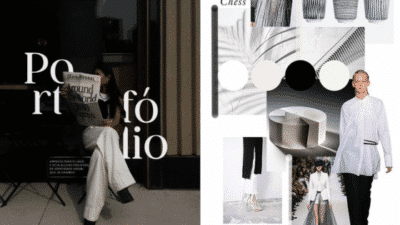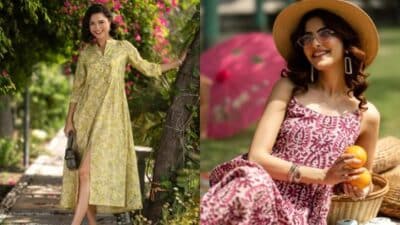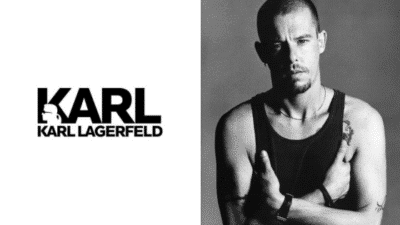
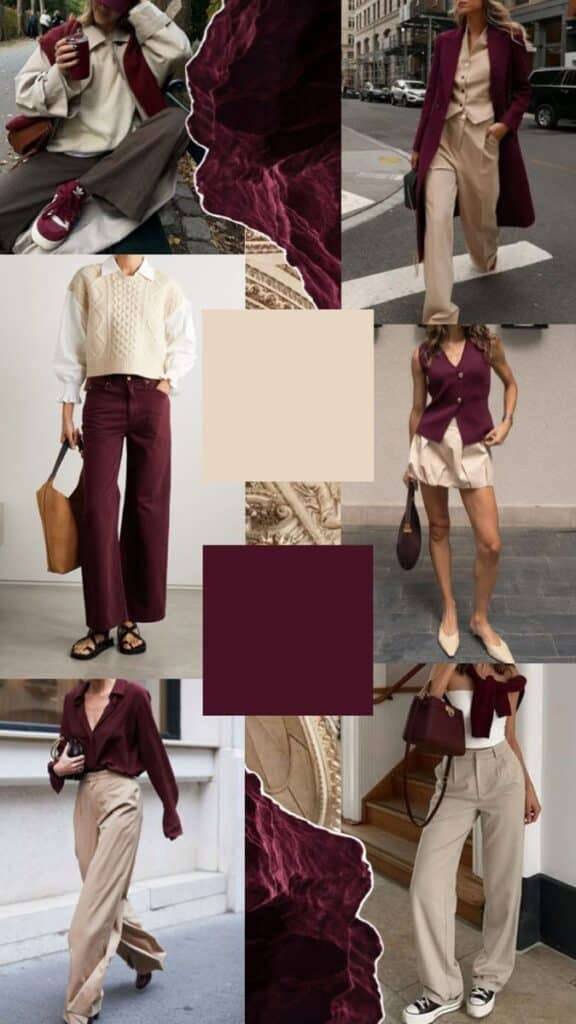
Women’s outfit colour trends change with each season, reflecting fresh moods and styles. This year, bold and earthy tones are leading the way, with colors like burnt orange, deep green, and classic neutrals becoming popular choices. These shades offer versatility and can easily be mixed and matched for a polished look.
Understanding how to blend these colours with personal style is key to staying fashionable. Whether choosing vibrant pieces or subtle accents, selecting the right tones can enhance any outfit and highlight individual features without overwhelming the look.
Trendsetters and fashion experts influence which colours gain attention, but practical choices that suit skin tones and occasions remain important. Adapting these trends in a simple, confident way helps create a timeless wardrobe that feels modern yet wearable.
Key Takeways
- Trending colours this year focus on bold and earthy shades.
- Combining colours to fit skin tone and style is important.
- Fashion icons help shape which colours become popular.
Current Colour Fashion Trends for Women
Colour trends for women’s fashion today highlight a mix of bright and muted tones. Some colours reflect the changing seasons, while others draw from popular designer shows. There is also a balance between lasting classics and short-term popular shades.
Popular Seasonal Colours
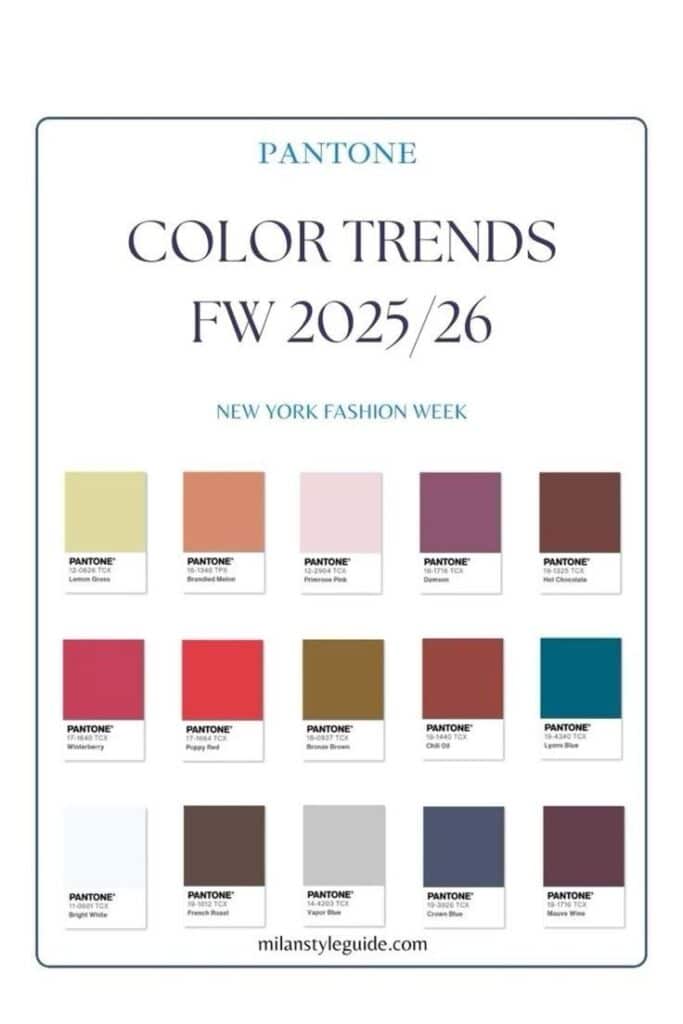
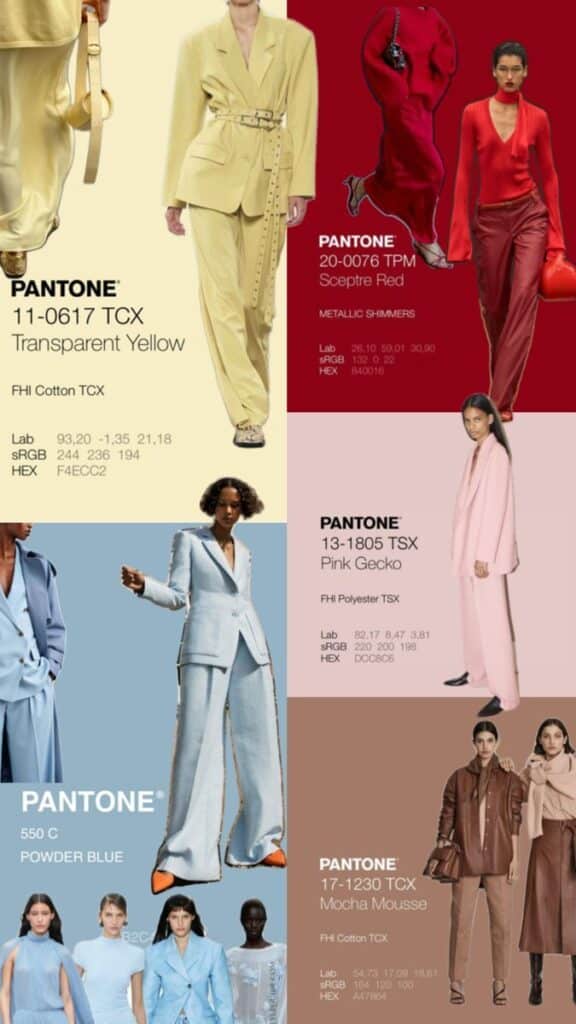
This season, warm earth tones are dominant. Shades like burnt orange, mustard yellow, and olive green are popular for daily wear. These colours fit well with autumn and winter wardrobes.
In spring and summer, lighter pastel shades lead. Soft pinks, baby blues, and lavender are key. These hues bring a fresh, airy feel appropriate for warmer months.
Neutral colours like beige, ivory, and soft grey remain consistent across seasons. They provide easy pairing options and a clean look.
Runway-Influenced Colour Palettes
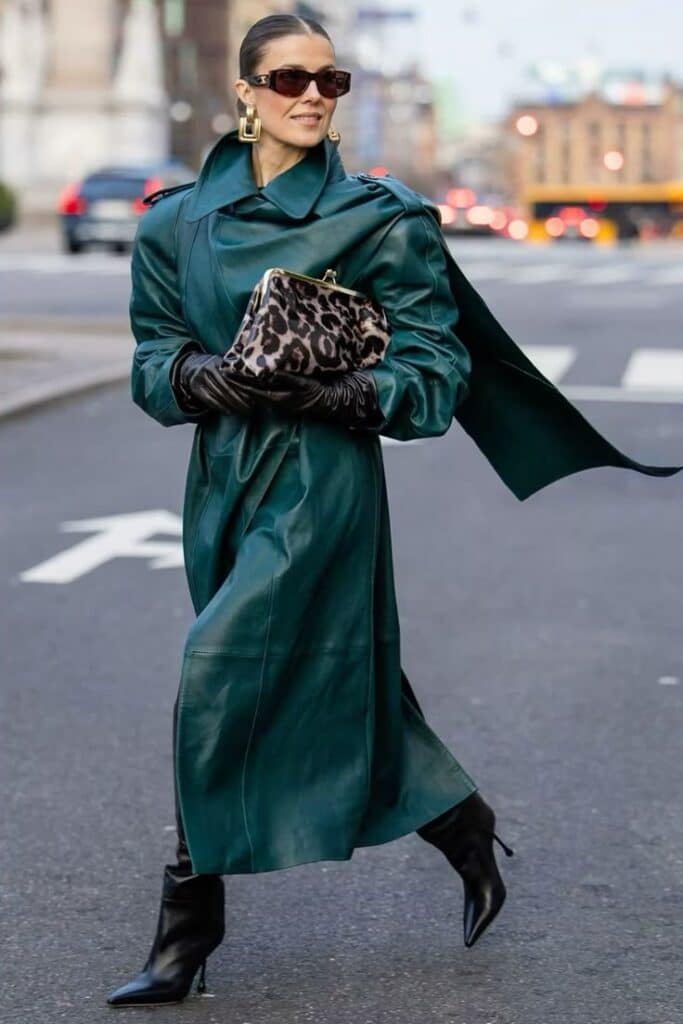

High fashion runways influence colour choices each year. Designers recently favored vibrant jewel tones like emerald green, sapphire blue, and ruby red. These rich colours add depth and luxury to outfits.
Some shows highlighted monochromatic looks with shades of the same colour. This trend encourages mixing different textures in a single colour family.
Metallic finishes in gold and silver also appear on the runway. These add shine and are increasingly used for eveningwear and accessories.
Timeless Versus Trendy Hues

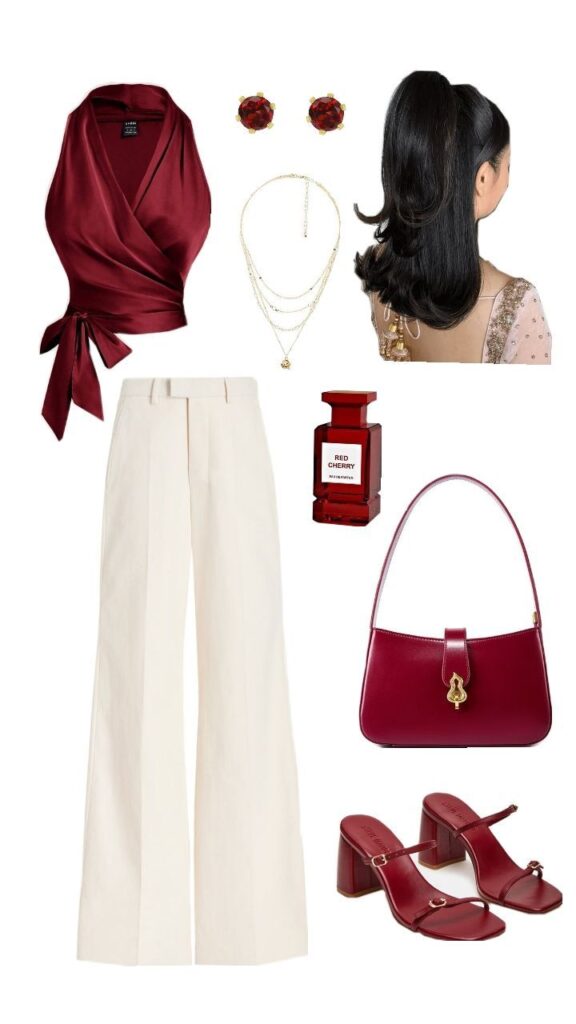
Timeless colours include black, white, navy, and red. These are wardrobe staples because they never go out of style. They work well for both casual and formal occasions.
Trendy hues change seasonally and often stem from cultural moments or fashion weeks. Currently, pastel green and coral are trendy but may fade next year.
Women can balance their closet by mixing classic hues with a few trendy pops of colour. This approach keeps outfits modern without sacrificing versatility.
How to Incorporate Trending Colours Into Your Wardrobe
Adding trending colours can refresh any outfit. It involves mixing shades smartly, picking key items that stand out, and layering to create depth. A thoughtful approach helps keep looks modern without being overwhelming.
Mixing and Matching Colours
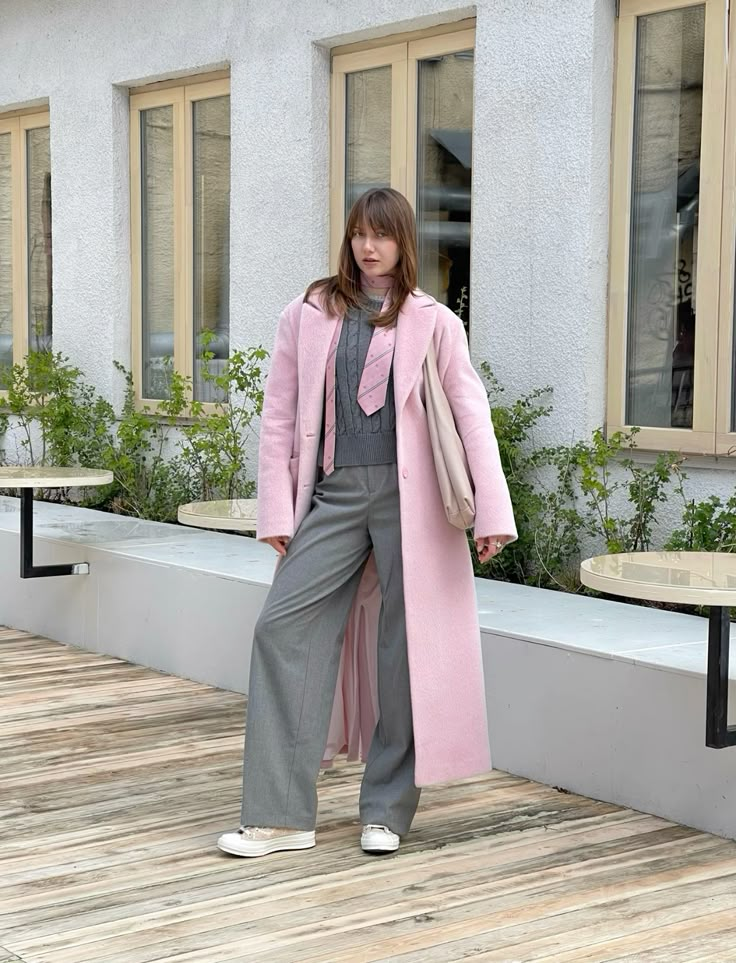
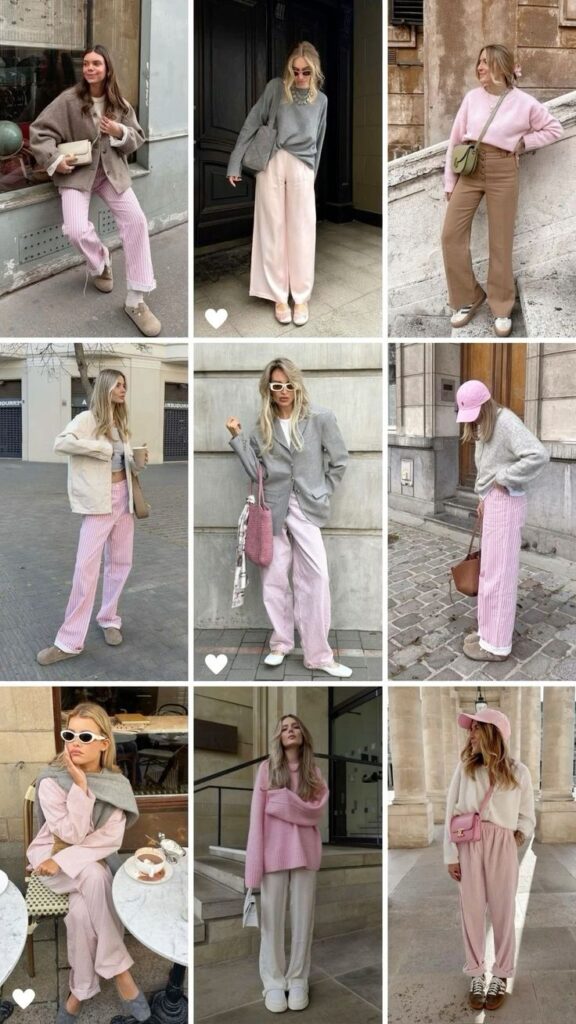
She should start by combining colours that naturally go well together. For example, pastel pink pairs nicely with light gray or white. Using a colour wheel can help identify harmonious tones like complementary or analogous colours.
Avoid using too many bright colours at once. Instead, balance one bold shade with neutral ones. For instance, a vibrant yellow top with navy pants creates a chic contrast. Patterns that include trending colours can also add interest.
Keep accessories like belts or scarves in trending colours to test how well they fit into an outfit. This lets her mix and match without committing to a full bold look.
Choosing Statement Pieces
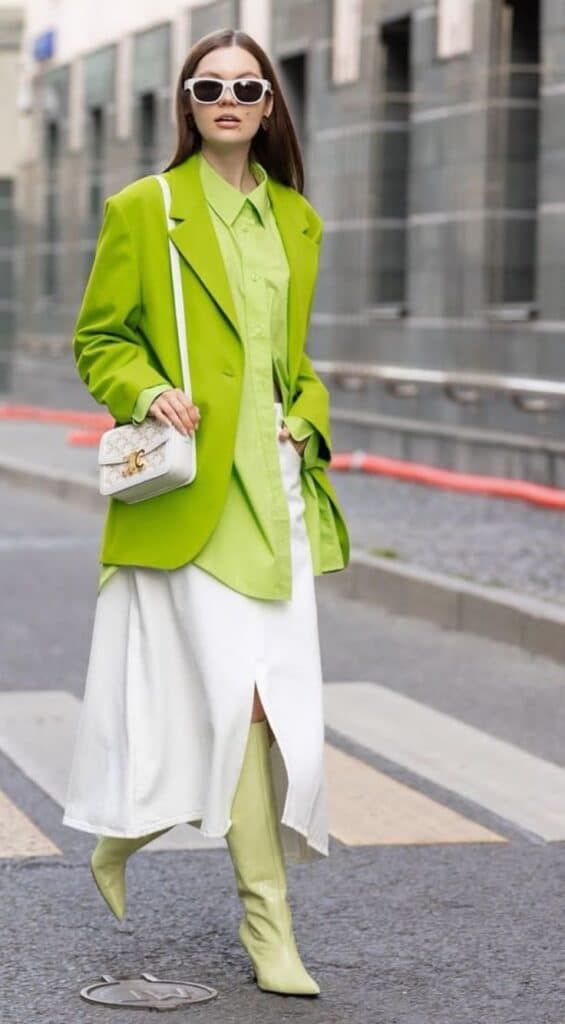

Statement pieces are important for showing off trendy colours clearly. A bright jacket, a colourful handbag, or shoes in a strong hue catch attention without needing an entire outfit change.
She should select items that fit her existing style and wardrobe. A red blazer can replace a neutral one she already owns, making the outfit instantly updated. Versatile colours like emerald green or cobalt blue work across many pieces.
When picking statement pieces, quality matters. Well-made items hold colour longer and look better. She should also think about comfort and fit to ensure the piece is worn often.
Layering Techniques
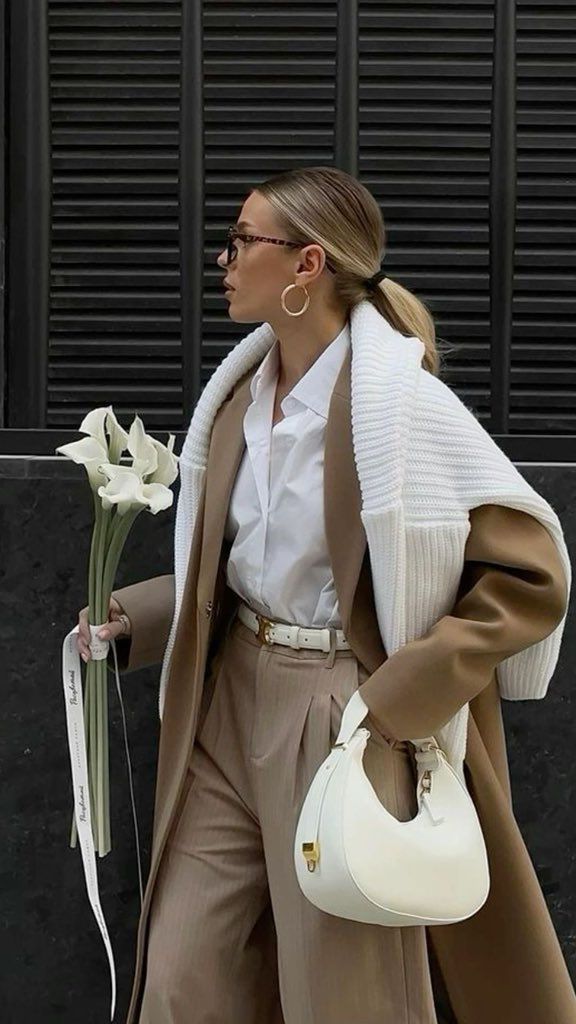

Layering can tone down or highlight a trending colour. Wearing a bold top under a neutral jacket helps control the colour’s impact. She can also add thin scarves or cardigans in the latest shades for subtle touches.
Mixing textures works well here. For example, a soft knit sweater over a silk blouse can create visual interest while showing off trending colours. Layers allow easy adjustment for different weather or occasions.
She should pay attention to the overall colour balance. Using one strong colour layer with more muted layers prevents the look from becoming too busy. This technique allows her to experiment without overdoing it.
Outfit Ideas Based on Trending Colours
This section explores outfits using popular colours for different occasions. It highlights how specific shades fit casual settings, professional environments, and special events to create stylish looks.
Casual Looks
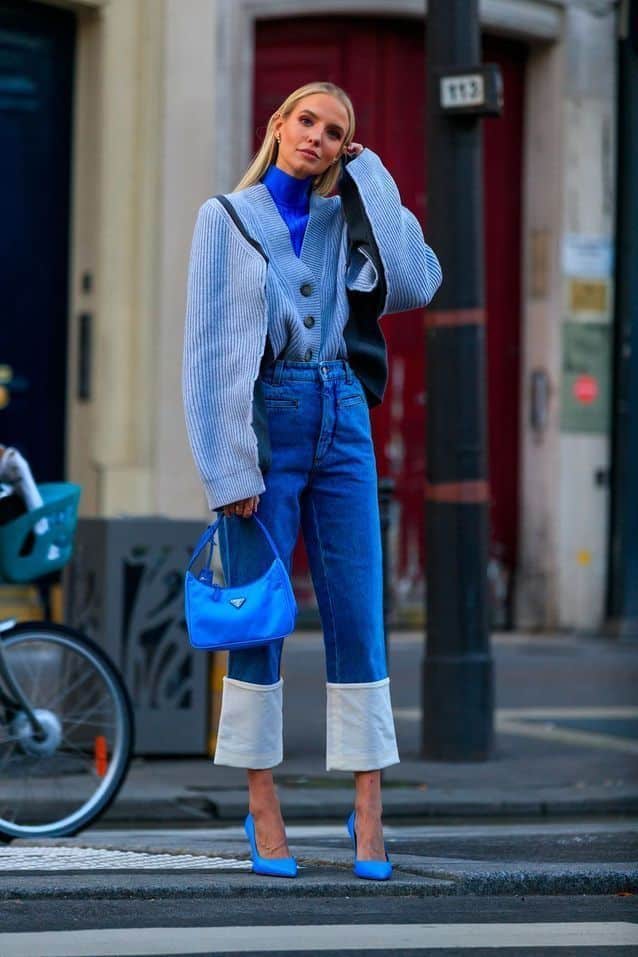
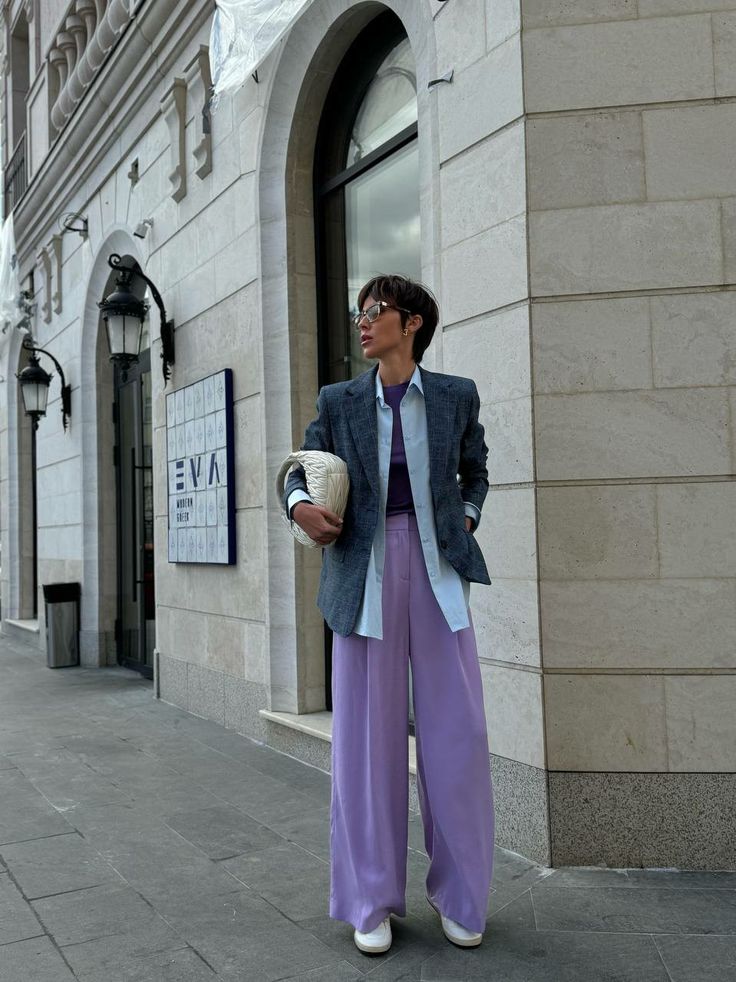
Soft pastels like lavender, mint, and peach remain popular for casual outfits. A lavender T-shirt paired with light-wash jeans creates a fresh and relaxed look. Adding white sneakers keeps the outfit simple and clean.
Earth tones such as terracotta and olive also work well. An olive utility jacket over a simple white tee adds a touch of practicality without losing style. Accessories in gold or tan leather enhance the natural vibe.
For layering, light neutral cardigans in beige or cream help balance bolder colours. Casual dresses in yellow or sky blue can be paired with sandals or slip-ons for warm days.
Workwear Ensembles
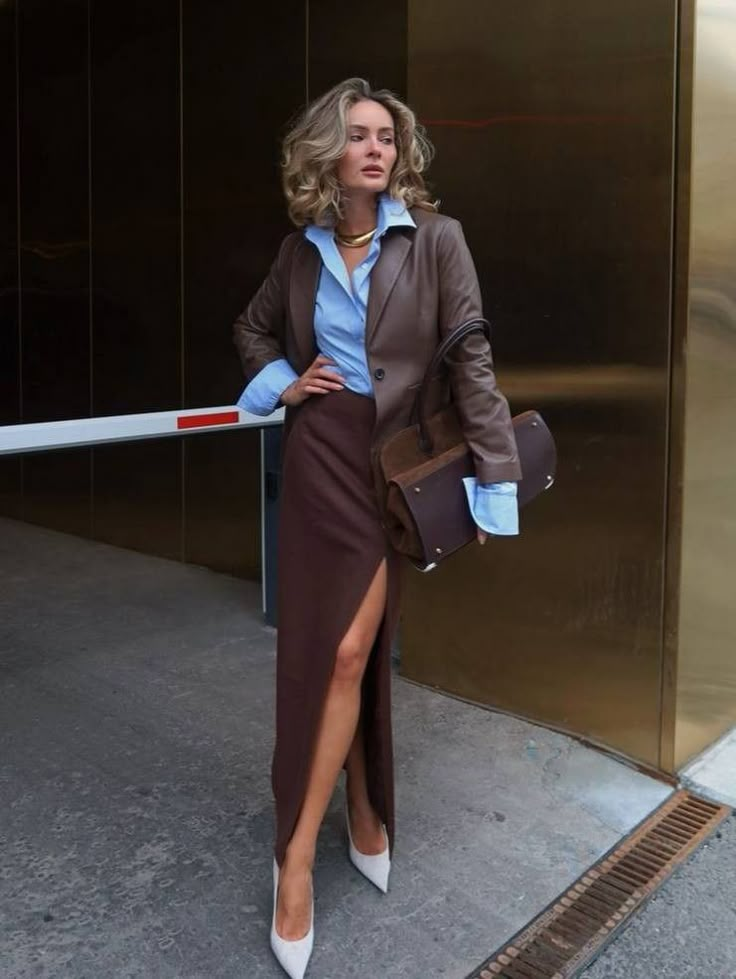
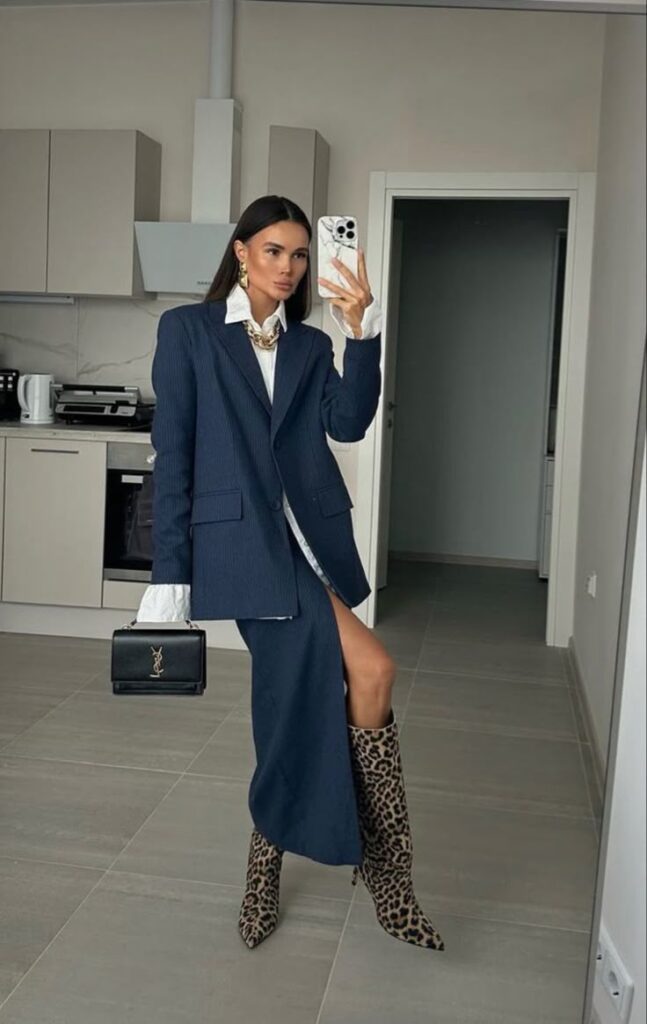
Muted blues and greys dominate work outfits this season. A tailored navy blazer over a soft grey blouse projects professionalism while remaining comfortable. Matching slim trousers or pencil skirts complete the look.
Deep jewel tones like emerald and burgundy add richness without overpowering. A burgundy blouse under a black blazer is a smart way to introduce colour. Simple black pumps or loafers maintain a polished appearance.
Patterned scarves or minimal silver jewelry complement outfits without distraction. Choosing fabrics like wool blends or cotton ensures practicality and style for everyday wear.
Event and Evening Outfits
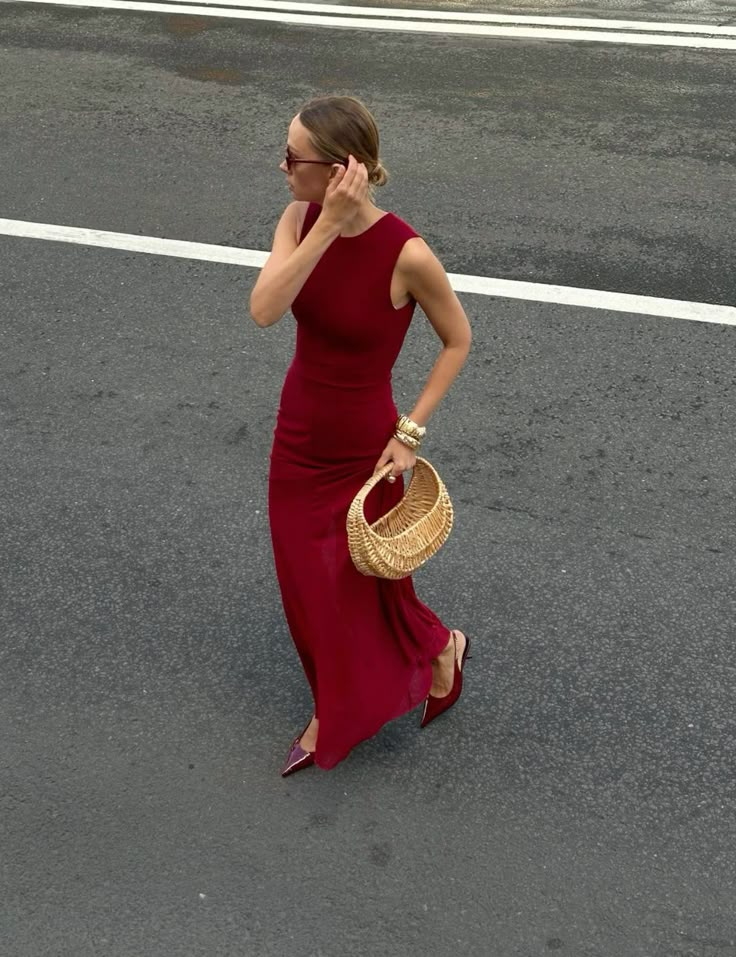

For special occasions, bold reds and metallic shades lead current trends. A bright red dress with clean lines commands attention without excess detail. Pairing it with nude heels and gold earrings balances the outfit.
Metallic bronze or silver separates, like a shimmery top or skirt, add glamour for evening wear. These colours work well with black accessories for contrast.
Dark green velvet dresses are also popular for cooler months. They provide texture and depth, paired best with minimalist jewelry and sleek hair. This colour suits formal and semi-formal events alike.
Colour Combinations for Different Seasons
Choosing the right colour combinations can change how an outfit looks for each season. Some colours work better when paired together in spring and summer, while others suit autumn and winter more.
Spring and Summer Pairings
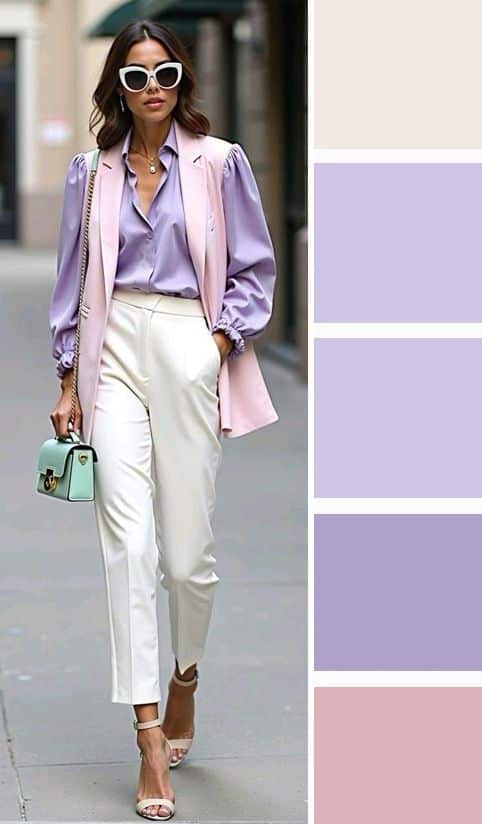

In spring and summer, light and bright colours are popular. Pastels like soft pinks, baby blues, and mint greens create a fresh look. These pairs often include white or cream to balance the softness.
Bold colours like coral, turquoise, and sunny yellows work well too. They bring energy without feeling too heavy. Combining a bright top with neutral pants or skirts keeps the outfit balanced.
Fabrics also matter. Lightweight cotton or linen in these colours help keep the outfit cool, making comfort match style.
Autumn and Winter Palettes

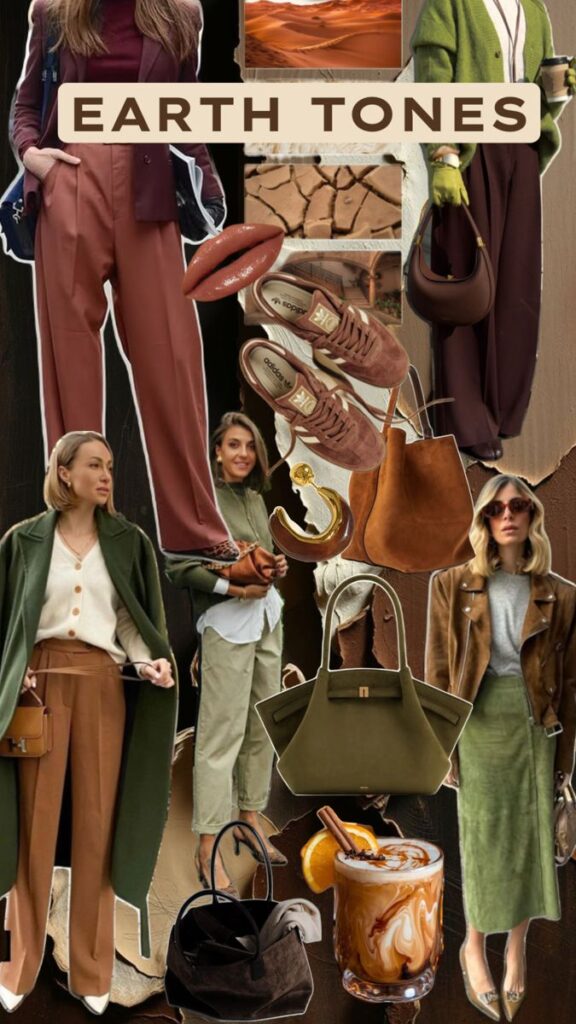
For autumn and winter, deeper, warmer colours are common. Earth tones like burnt orange, mustard yellow, and olive green pair well together. They give a cozy and grounded feeling.
Rich colours like burgundy, navy, and charcoal gray are classic winter choices. These can be mixed with black or beige for a polished look.
Darker shades and thicker fabrics like wool or suede help with warmth. Layering these colours enhances the season’s style while keeping outfits practical.
Dressing for Your Skin Tone With Fashionable Colours
Knowing which colours suit your skin helps make any outfit more flattering. It’s about matching your natural undertones with shades that highlight your best features.
Warm Versus Cool Tones

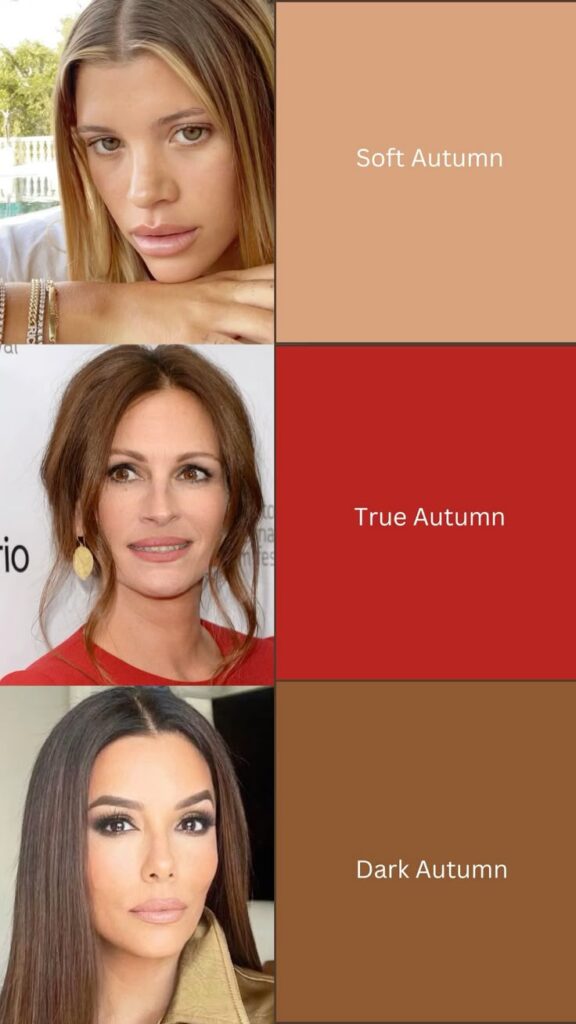
Skin tones fall into two main groups: warm and cool. Warm tones include peach, golden, or yellow undertones. People with warm skin look best in colours such as orange, yellow, olive green, and warm reds. These shades bring out their natural glow.
Cool tones have pink, red, or blue undertones. Those with cool skin should choose colours like blue, purple, emerald green, and cool reds. These help balance and enhance their complexion.
Some individuals have neutral undertones. They can wear a mix of both warm and cool colours, but the best way to decide is by testing colours close to the face in natural light.
Finding Flattering Hues
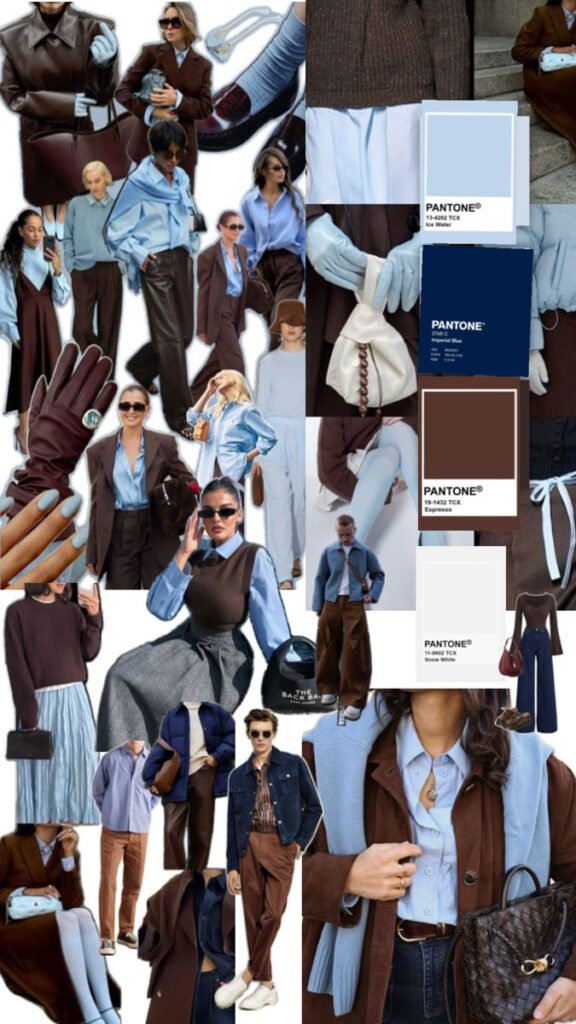

To find flattering hues, start with basics like navy, black, or white. These are safe across skin tones but add personality with more specific colours. For warm skin, mustard yellow or coral works well, while cool skin benefits from jewel tones like sapphire or amethyst.
A simple test: if gold jewellery looks better, warm colours usually suit best. If silver jewellery pops, choose cool shades. In outfits, balancing bright colours with neutral pieces helps keep the look sharp.
Keeping undertones in mind avoids colours that wash out the skin or clash. Over time, this helps build a wardrobe that enhances natural beauty effortlessly.
Accessorizing With Trend Colours
Choosing the right accessories with trend colours can change an outfit. Footwear and handbags or jewelry are good places to show off these colours without overwhelming the whole look.
Footwear


Shoes in trend colours like pastel blue, coral, or mustard yellow add a fresh look. They work well with neutral outfits to bring a pop of colour. Bright shoes can make simple jeans or plain dresses feel more stylish.
When picking footwear, matching the shade to other parts of the outfit is important. For example, coral sandals look great with white or beige clothes. Comfort and style both matter, so shoes that are easy to walk in but bold in colour are ideal.
Handbags and Jewelry
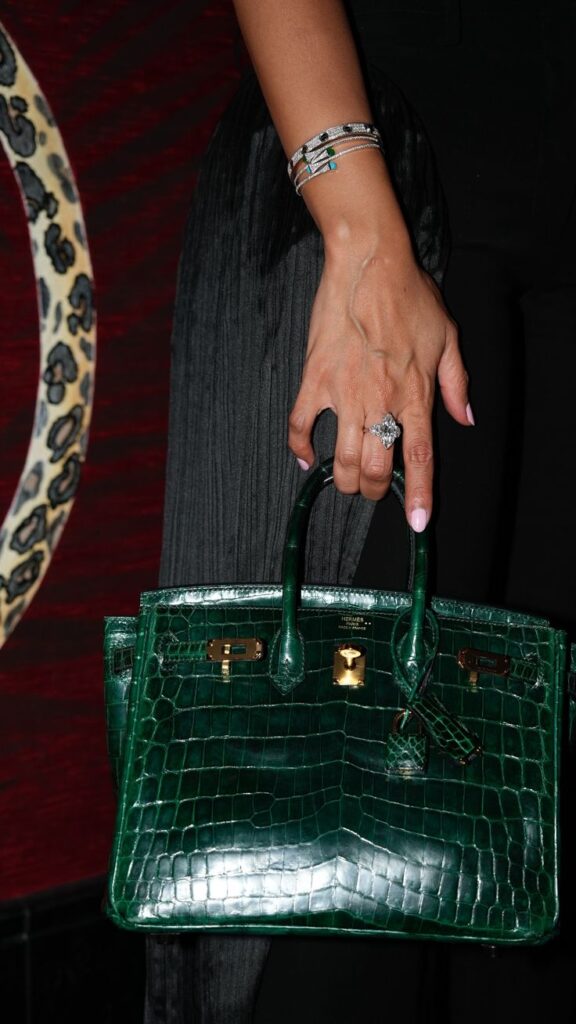
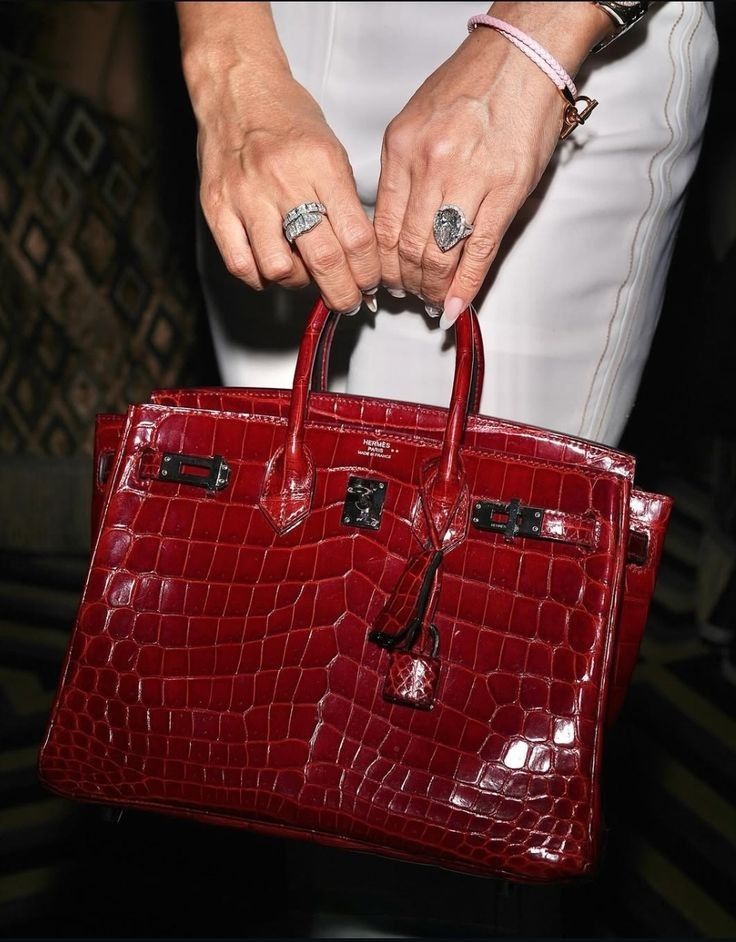
Handbags in rich colours like emerald green or deep red can act as the main colour piece. Small bags are perfect for adding a splash of colour without taking over. Larger bags work well if the rest of the outfit is simple and light-coloured.
Jewelry in trend colours can be found in beads, stones, or enamel finishes. Wearing earrings or necklaces in dusty rose or lavender tones complements many outfits. It’s best to pick one statement colour and mix it with gold or silver to keep the look balanced.
Sustainable and Ethical Colour Trend Choices
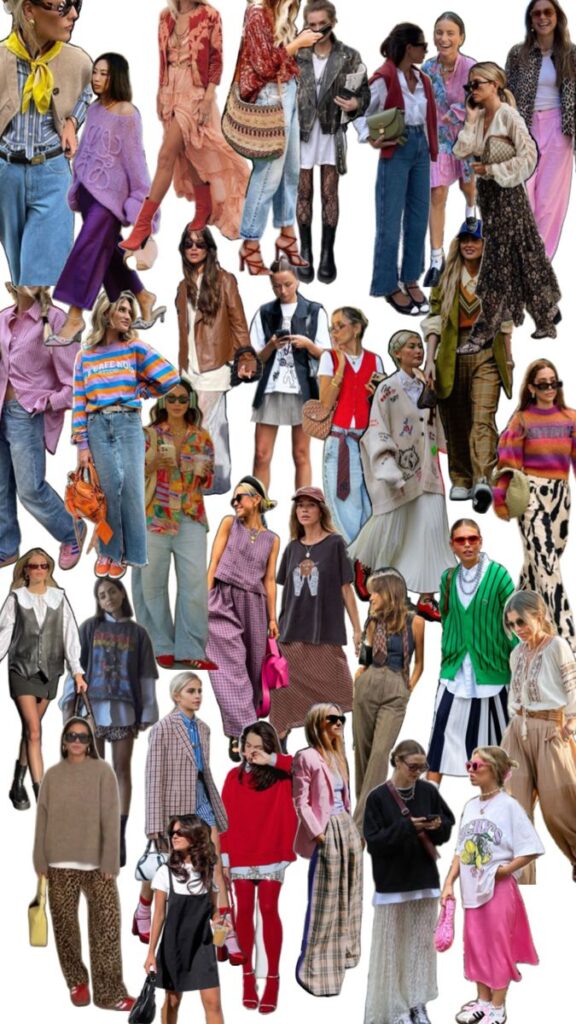

Many women today choose colours that support sustainable and ethical fashion. These choices help reduce harm to the environment and promote fair working conditions.
Natural dyes are becoming popular. They use plants, minerals, or insects to create colour. These dyes are less harmful than synthetic dyes because they avoid toxic chemicals.
Earth tones like green, brown, and beige are common in sustainable collections. These colours often come from natural materials and have a lower environmental impact.
Brands focusing on sustainability tend to offer clothes in timeless colours. These shades do not go out of style quickly, encouraging longer use.
Tips for choosing sustainable colours:
| Choice | Why It Matters |
|---|---|
| Natural, plant-based dyes | Fewer chemicals used |
| Earth tones | Lower environmental impact |
| Neutral colours | Longer-lasting style |
| Colours from recycled fabrics | Less waste in production |
Women can support ethical fashion by learning about the source of colours. Knowing if dyes are safe and if workers are treated fairly helps make better choices.
Sustainable colour trends blend style with responsibility. They show fashion can look good and respect the planet.
Fashion Icons and Influencers Shaping Colour Trends
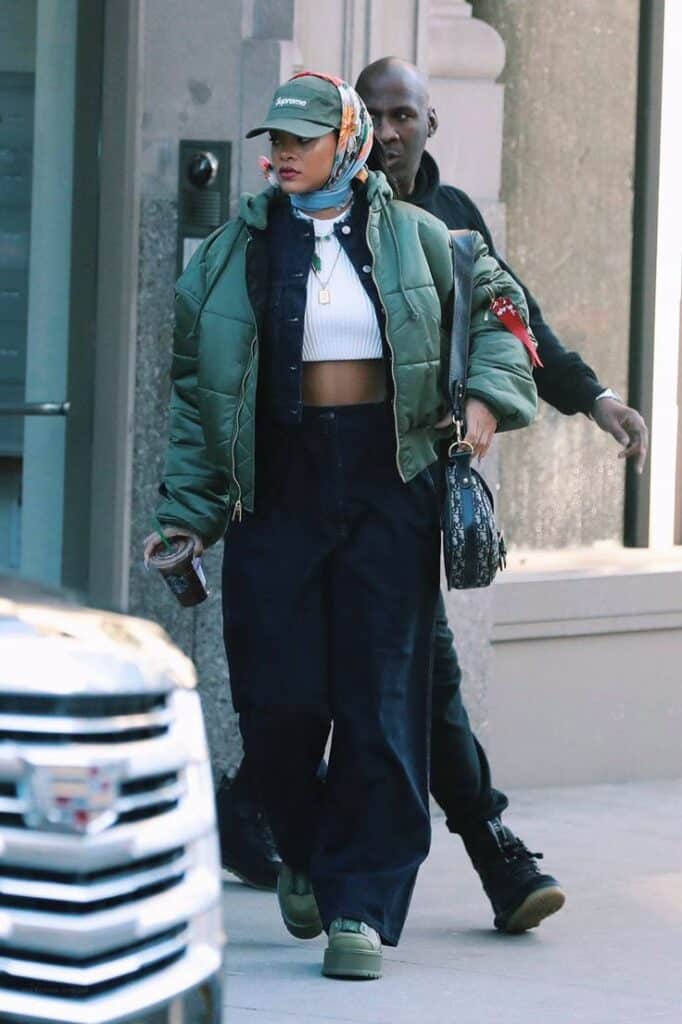

Fashion icons have a big impact on what colours become popular. Celebrities like Zendaya and Rihanna are known for trying bold and unusual colours. Their outfits often set new colour trends that many women follow.
Influencers on social media also play a key role. They show how to mix and match colours in everyday outfits. This helps make new colours more popular and wearable.
Some popular colour choices from these leaders include:
- Bright reds and oranges
- Soft pastels like lavender and mint
- Earthy tones such as olive green and tan
Fashion designers watch these influencers closely. They often include these trending colours in their new collections.
Bold and confident choices by icons inspire women to try colours they might not usually wear. This keeps fashion fresh and exciting each season.
These fashion leaders create a direct link between runway styles and everyday clothing. Their influence helps shape what colours become mainstream in women’s wardrobes.
- 0shares
- Facebook0
- Pinterest0
- Twitter0

